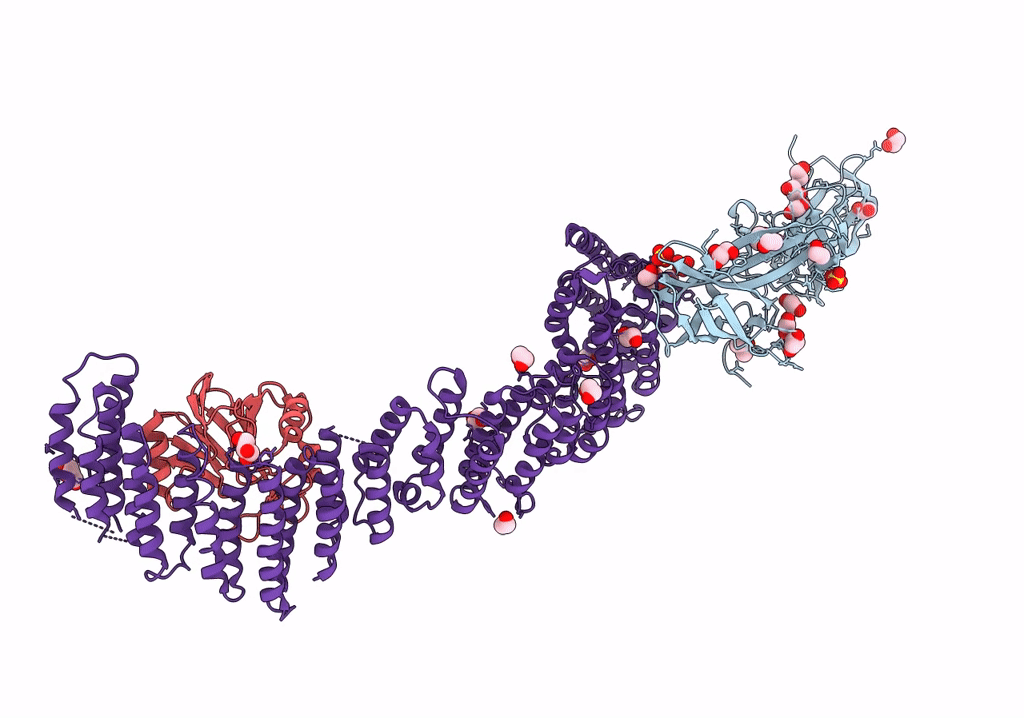
Deposition Date
2022-03-04
Release Date
2022-10-12
Last Version Date
2024-06-12
Method Details:
Experimental Method:
Resolution:
4.90 Å
Aggregation State:
PARTICLE
Reconstruction Method:
SINGLE PARTICLE


